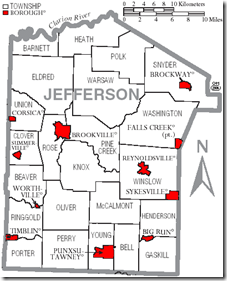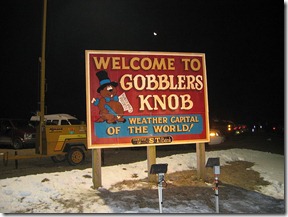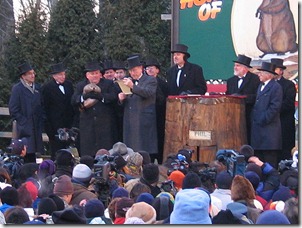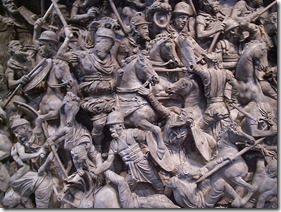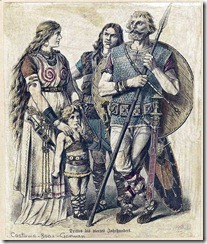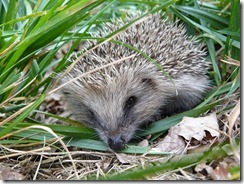What in the world do these things have in common?
Not a lot, you might reply, yet oddly enough all three relate to shadows, and our fascination with them.
Gobbler’s Knob is in Pennsylvania.
Yep – right down at the bottom of Jefferson County. Don’t worry if the name doesn’t ring a bell – it will. You see, Gobbler’s Knob is where one of the most famous shadow-chasers of all, the beloved groundhog Punxsutawney Phil Sowerby, emerges from his home and predicts how much longer winter will last.
How does he predict this? With his shadow! That’s right.
Each February 2nd, Phil emerges from his den and checks his shadow. There will be six more weeks of Winter if he sees his shadow, but if Punxsutawney Phil does not see his shadow then Spring will come early.
All right, so what has this to do with the Roman Legion?
Legends say that the Roman Legion used the weather to look for signs of more Winter or the coming of Spring. Now the Roman Empire was a vast place and some of its myths and legends were handed down to the people they conquered, among them the Teutons (Germanic Peoples of the Jutland).
Although the Teutons were virtually wiped out at the battle of Aquae Sextiae in 102 BC, some survived and were eventually Christianized. Their culture celebrated the Christian ritual Candlemas, an early ritual of blessings by distributing and lighting candles – lights in the dark so to speak. The Pagan Imbolc festival is very similar in nature.
There is an old German saying,
“For as the sun shines on Candlemas Day,
So far will the snow swirl until the May.”
At some point, the Germans decided that an animal would be the best way to predict the change of the seasons. I guess they looked around and decided the Hedgehog was the best predictor; If he came out of his den and saw his shadow, there would be a second Winter. And if he didn’t see his shadow? Well then spring was coming soon!
So how do Gobbler’s Knob and Punxsutawney Phil tie into an old German tradition?
Time passed, the American continents were discovered and populated by many European cultures including Germans.
Pennsylvania was settled by large numbers of German immigrants. I guess they wanted to continue their weather-predicting traditions and thought the Groundhog was a suitable replacement for their beloved hedgehogs.
The first modern Groundhog Day took place at Gobbler’s Knob in 1887. And if you look at Punxsutawney Phil ‘s stats, he is correct about 39% of the time (as of Feb 2011).
And us humans? We gather at Gobbler’s Knob by the thousands to wait and see if Phil will see his shadow or not. It’s just another way we show our fascination with shadows.

